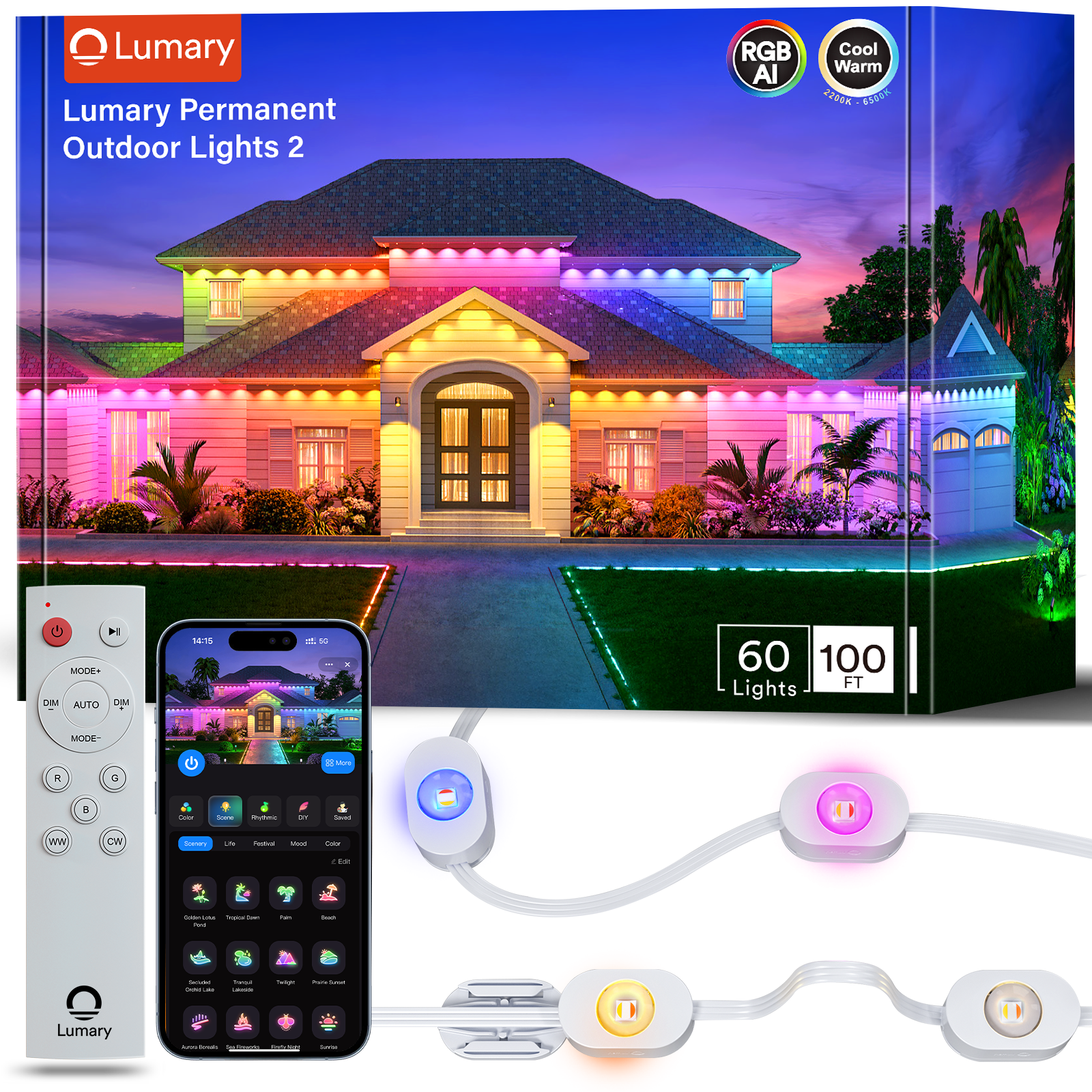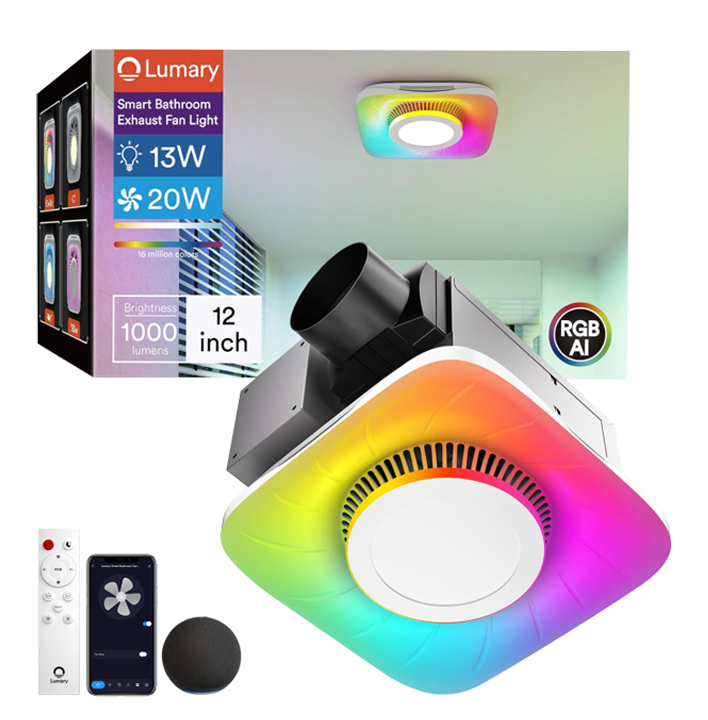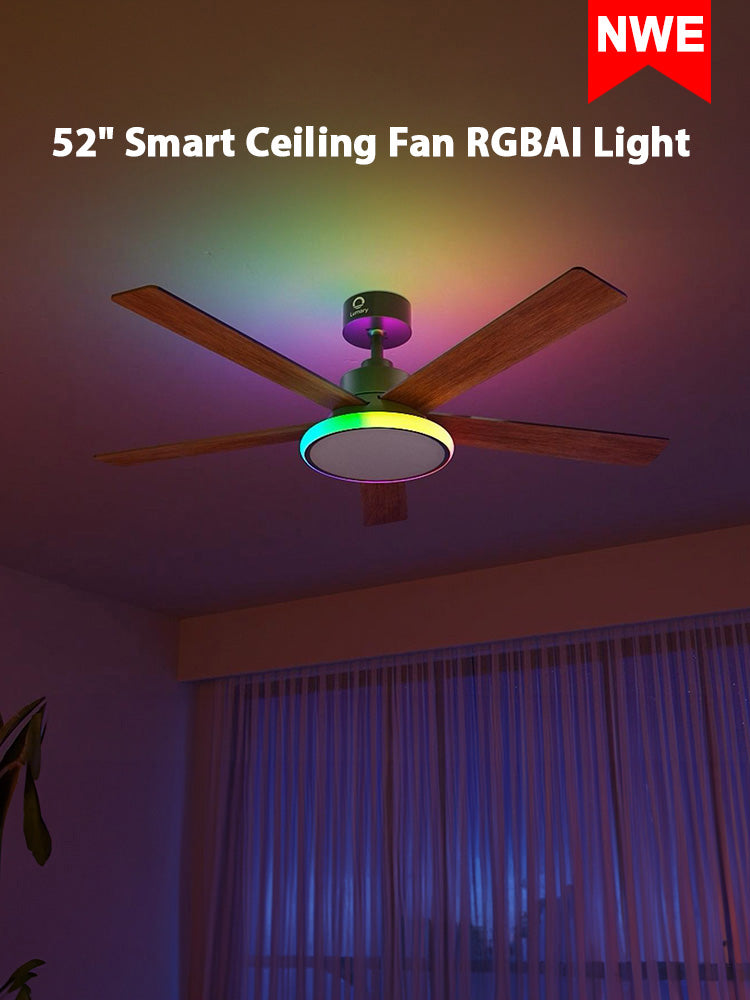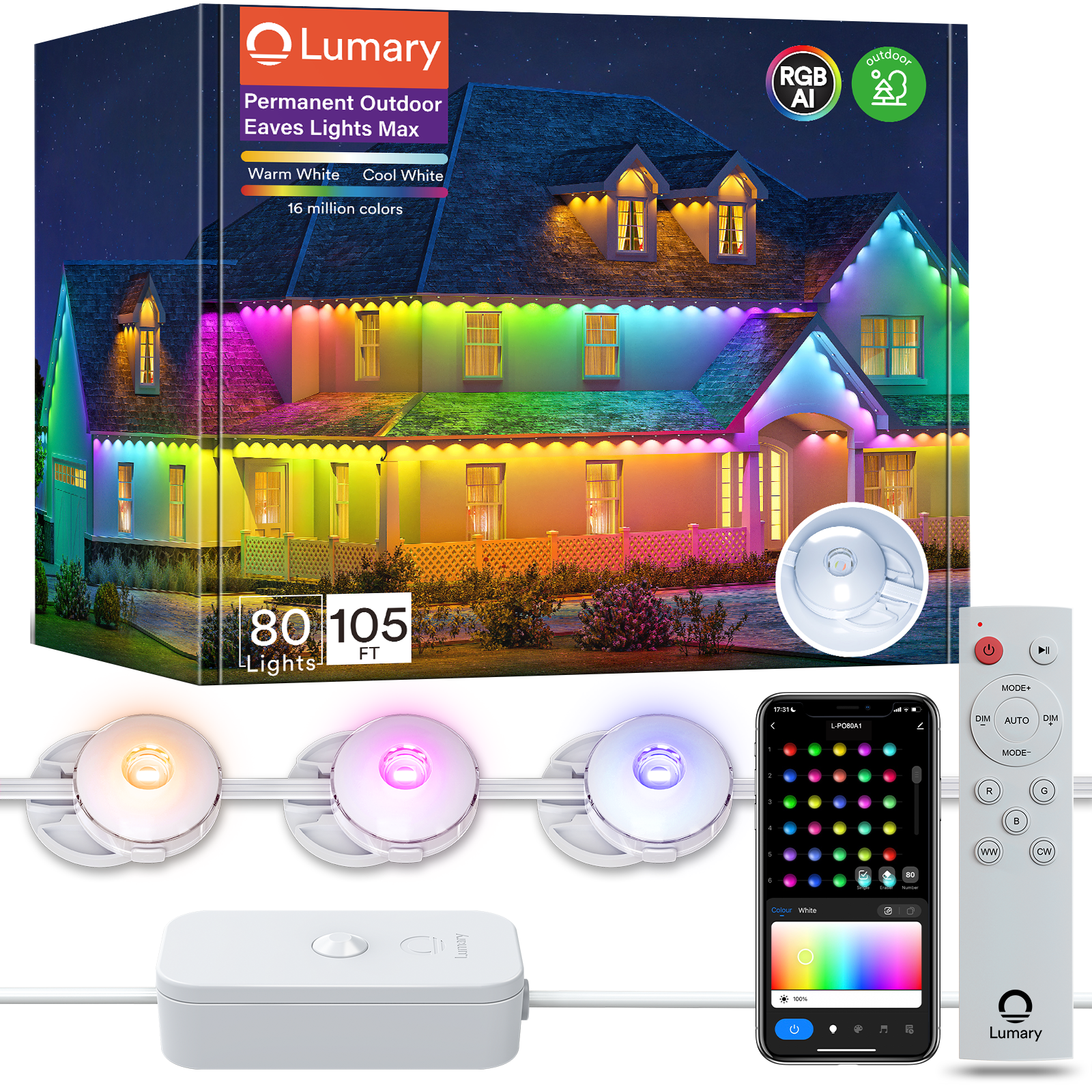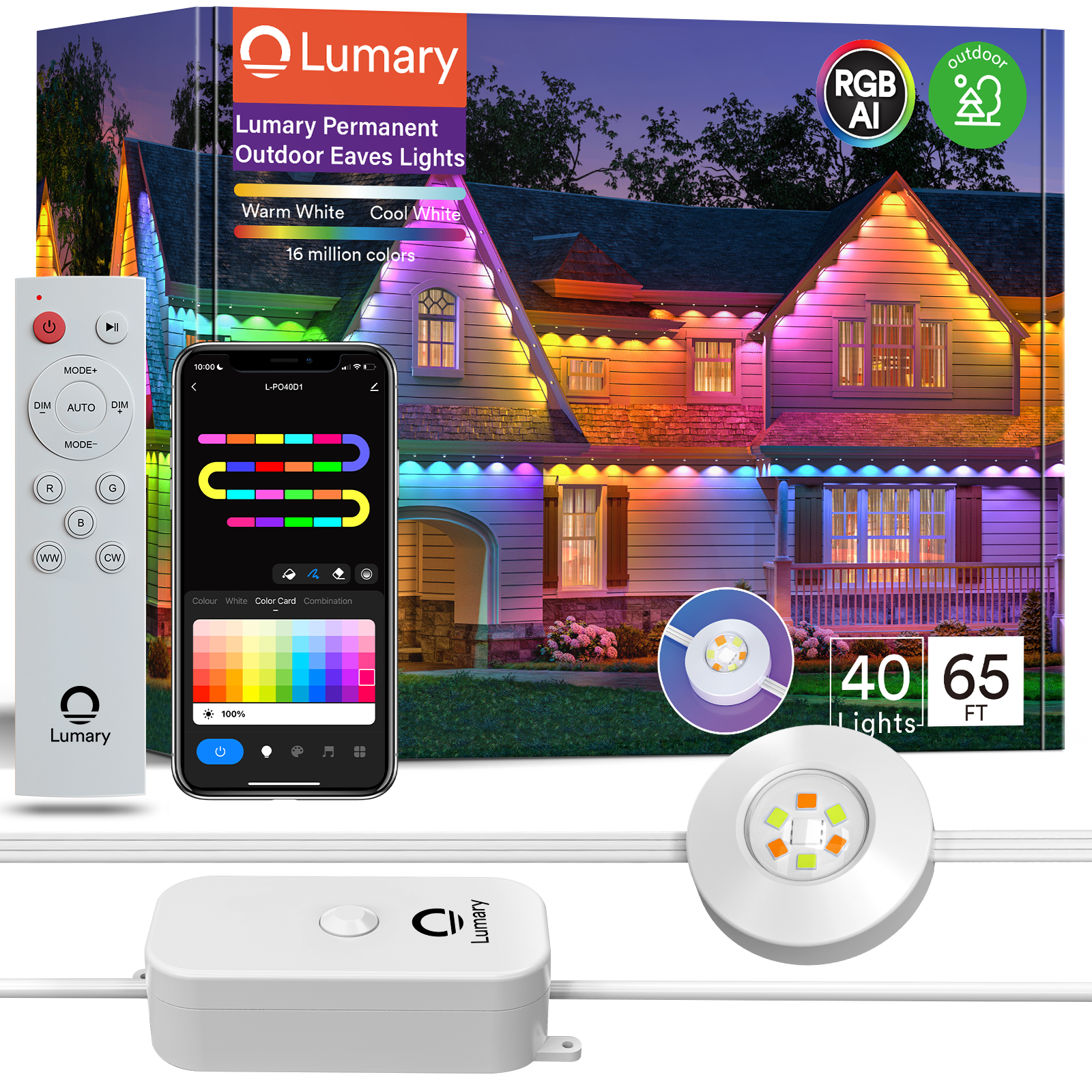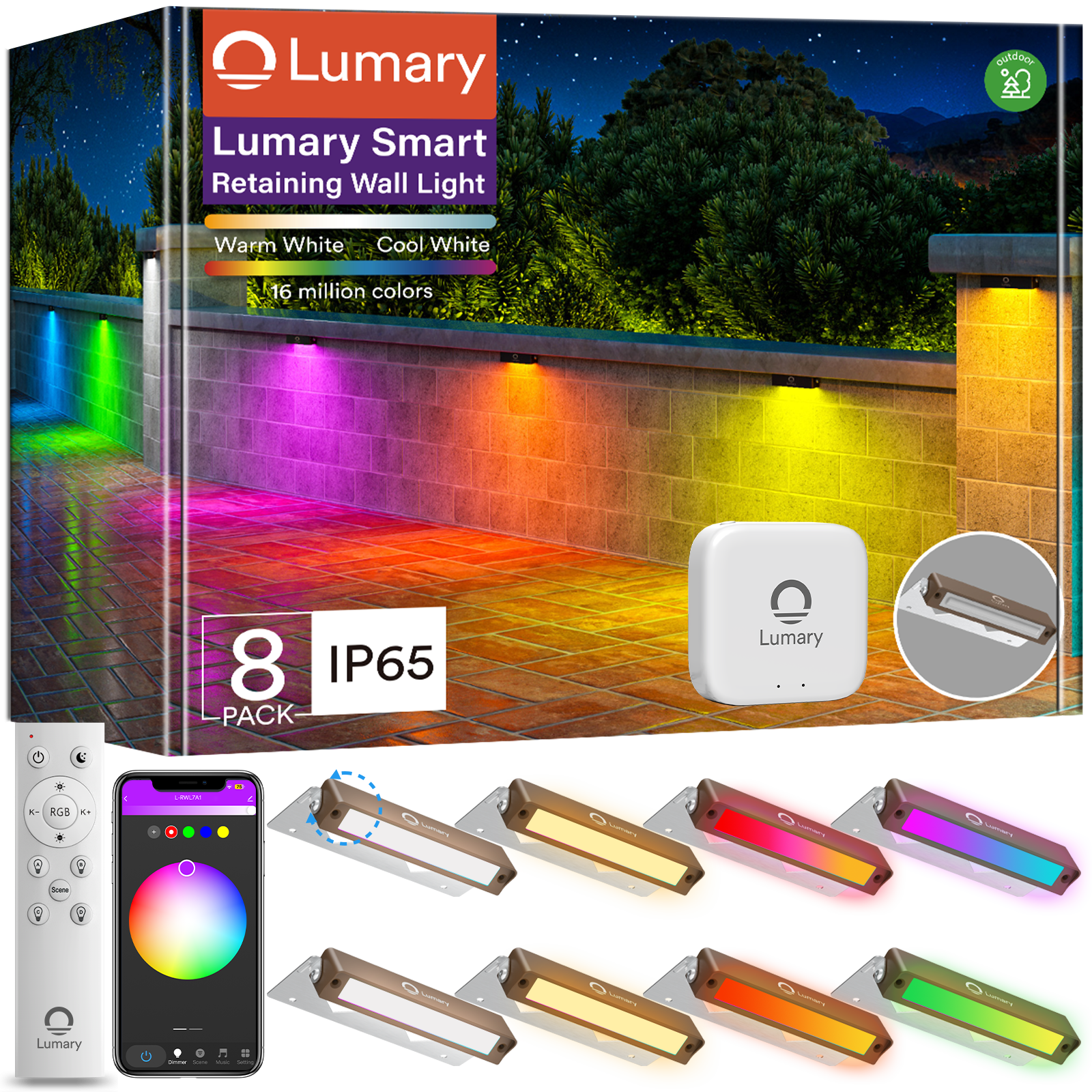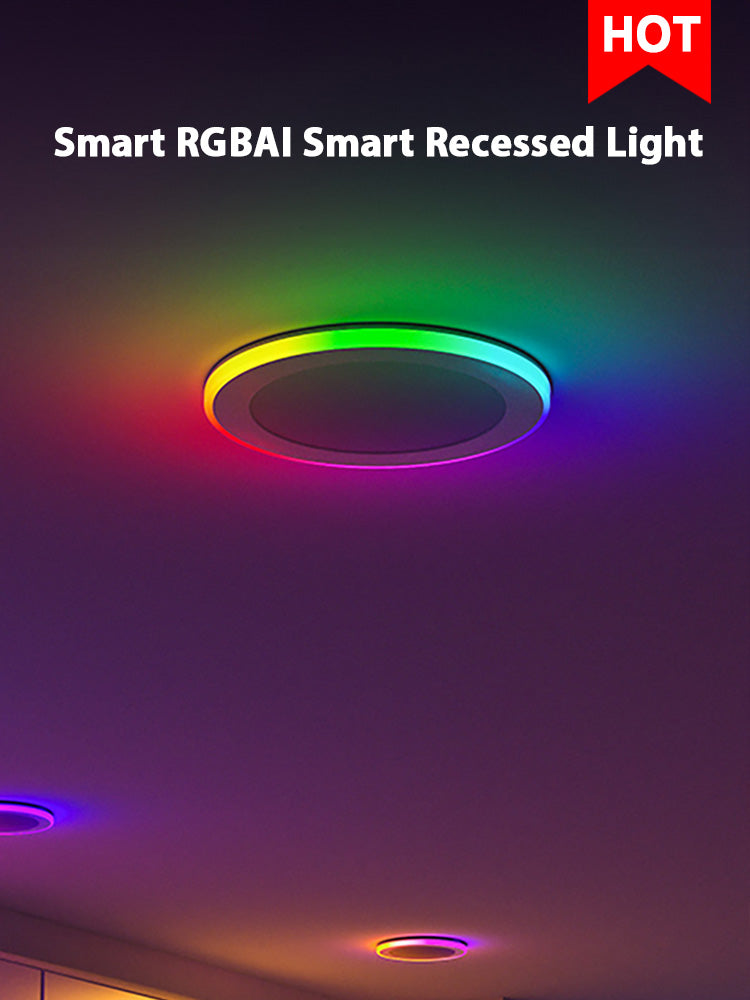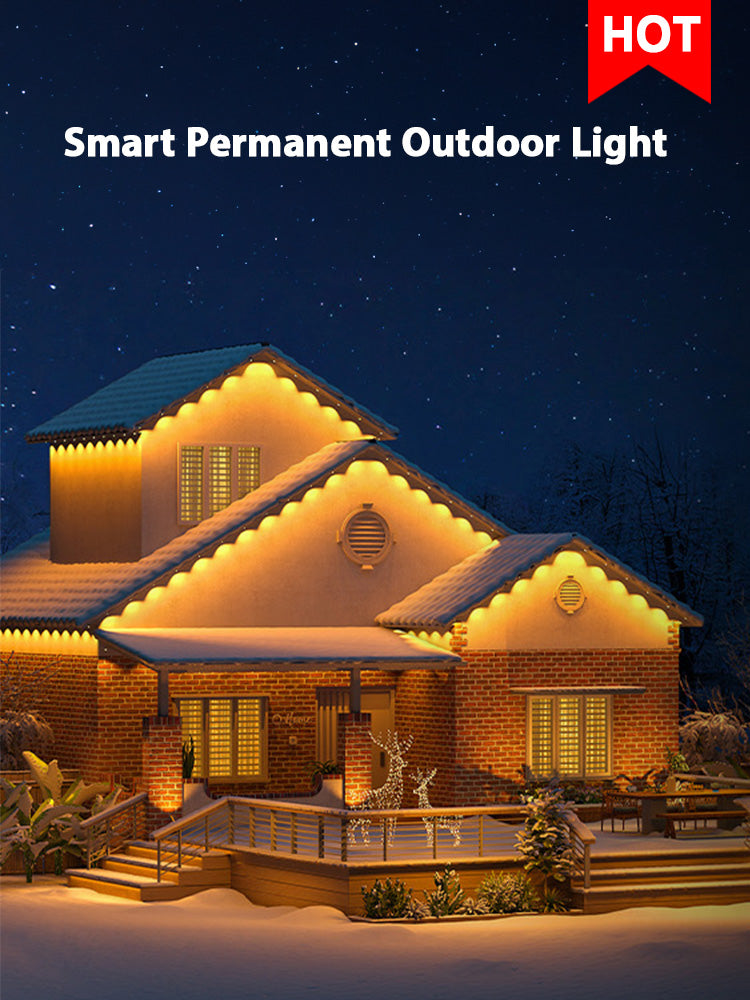Choosing the right light bulbs for your home matters. Energy efficiency, cost, lifespan, and light quality play big roles in this decision. You want to save money on energy bills, right? You also want bulbs that last long and give off good light. Each factor affects how your space looks and feels. The right choice can make your home cozy and inviting. So, let's dive into what makes a light bulb perfect for your needs.
Understanding Light Bulbs

Incandescent Bulbs
Characteristics
Incandescent bulbs use a filament that glows when electricity passes through. The light produced feels warm and inviting. These light bulbs come in various wattages to suit different needs.
Advantages
Incandescent bulbs offer a low initial cost. The warm light creates a cozy atmosphere. These bulbs work well with dimmer switches.
Disadvantages
Incandescent bulbs consume more energy compared to other types. The lifespan remains short, requiring frequent replacements. These bulbs generate heat, which may not be ideal for all settings.
Ideal Use Cases
Incandescent bulbs fit well in living rooms and bedrooms. The warm glow enhances relaxation. Consider these light bulbs for spaces where ambiance matters more than energy efficiency.
Compact Fluorescent Lamps (CFLs)
Characteristics
CFLs use a gas-filled tube to produce light. The energy efficiency surpasses that of incandescent bulbs. These light bulbs come in spiral or tube shapes.
Advantages
CFLs save energy and reduce electricity bills. The lifespan extends longer than incandescent bulbs. Various color temperatures allow for different lighting moods.
Disadvantages
CFLs contain mercury, which requires careful disposal. The light may take a moment to reach full brightness. Some users find the light quality less appealing.
Ideal Use Cases
CFLs work well in areas needing consistent lighting. Kitchens and offices benefit from these light bulbs. Choose CFLs where energy savings matter most.
Halogen Bulbs
Characteristics
Halogen bulbs are a type of incandescent bulb. The design includes a halogen gas that increases efficiency. These light bulbs emit a bright, white light.
Advantages
Halogen bulbs provide a brighter light than traditional incandescent bulbs. The lifespan exceeds that of regular incandescent bulbs. These bulbs offer excellent color rendering.
Disadvantages
Halogen bulbs still consume more energy than CFLs and LEDs. The heat output remains high. These light bulbs can pose a burn risk if touched.
Ideal Use Cases
Halogen bulbs suit task lighting needs. Use them in reading lamps or spotlights. The bright light works well for detailed activities.
Light-Emitting Diodes (LEDs)
Characteristics
LED light bulbs use semiconductor technology to produce light. The design allows for various shapes and sizes. LED light bulbs offer a wide range of color temperatures. The energy efficiency of LED light bulbs surpasses other types. The heat output remains minimal, making LED light bulbs safe to touch.
Advantages
LED light bulbs provide significant energy savings. The lifespan of LED light bulbs extends much longer than incandescent or CFLs. LED light bulbs offer instant brightness without any warm-up time. The durability of LED light bulbs withstands frequent switching on and off. The versatility of LED light bulbs suits different lighting needs.
Disadvantages
The initial cost of LED light bulbs tends to be higher. Some users may find the light from LED light bulbs too bright or harsh. The compatibility of LED light bulbs with dimmer switches requires checking. The color rendering of LED light bulbs may not match that of halogen bulbs. The disposal of LED light bulbs involves recycling due to electronic components.
Ideal Use Cases
LED light bulbs fit well in almost any setting. Use LED light bulbs in kitchens for bright, efficient lighting. LED light bulbs work great in outdoor fixtures due to durability. Consider LED light bulbs for areas where lights stay on for long periods. The adaptability of LED light bulbs makes them perfect for decorative purposes.
Comparison of Light Bulbs

Summary Table
Energy efficiency comparison
Energy efficiency matters when choosing light bulbs. LED light bulbs lead the pack in energy savings. CFLs follow closely behind. Halogen bulbs use more energy than LEDs and CFLs. Incandescent bulbs consume the most energy. Consider energy-efficient options for lower electricity bills.
Cost comparison
Cost plays a big role in selecting light bulbs. Incandescent bulbs cost the least upfront. LED light bulbs have a higher initial cost. CFLs fall somewhere in the middle. Halogen bulbs also tend to be pricier than incandescent bulbs. Think about long-term savings with energy-efficient light bulbs.
Lifespan comparison
Lifespan affects how often you replace light bulbs. LED light bulbs last the longest. CFLs offer a decent lifespan too. Halogen bulbs outlast traditional incandescent bulbs. Incandescent bulbs need frequent replacements. Longer-lasting light bulbs save money and time.
Light quality comparison
Light quality impacts the feel of your space. Incandescent bulbs provide warm, cozy light. Halogen bulbs offer bright, white light. CFLs come in various color temperatures. LED light bulbs deliver a range of light qualities. Choose light bulbs that match your desired ambiance.
Choosing the right light bulbs for your home involves understanding your specific needs. Consider what each room requires. A cozy living room might benefit from warm incandescent bulbs. An office could use bright LED light bulbs. Think about the ambiance you want to create. Budget plays a role too. Energy-efficient light bulbs like LEDs save money in the long run. Share your experiences with different light bulbs. Ask questions if you're unsure. Your input helps others make informed choices.

